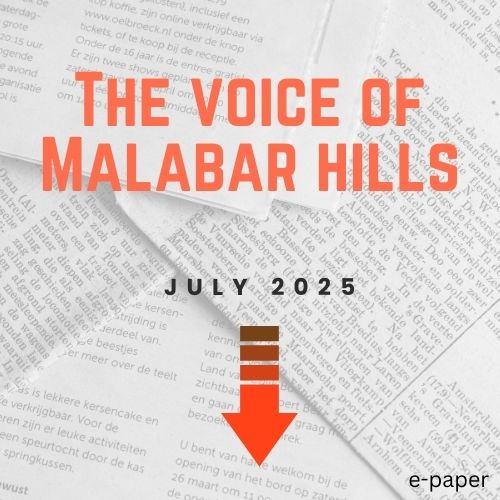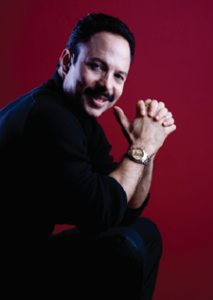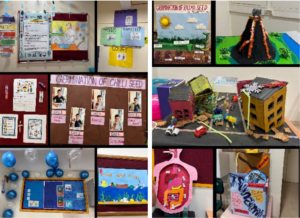The city we know today was not built in a day, but over two thousand years. If only the rocks could speak, we would hear the tale, but alas that is not to be. We must be content with some stories, of the creation of the ‘largest port & best port in the East’, the amalgamation of the seven islands, and those that made it possible to be what it is today. Our city, that changed its name seven times as its rulers changed.
Lowjee Nusserwanji Wadia
With efforts to realise the dreams of the port, away from the quick-silting Surat harbour, the first to be invited down was a young carpentar LowjeeNusserwanjiWadia. His skills at repairing merchant ships and building coastal boats for the East India Company, had drawn attention and he was appointed as Master Ship Builder on the island of Bombay on death of the then Supervisor. In 1736 he established the first corporate in India as ‘Wadia Brothers’, and built 35 large ships before his demise in 1774.
‘Wadia Brothers’ continued to build ships in teak from the Malabar Coast, a far sturdier wood than the English oak. This found favour with the English. The first frigate built was the‘Cornwallis’ in 1800 , followed by the most famous 74-gun ‘HMS Minden’ in 1810 and then the oldest surviving ‘HMS Trincomalee’ in 1817. This ship was transported to the National Museum of the Royal Navy in Hartepool in 1987, where it took 10 years to restore and bring to its original glory. There she stands today, a proud trophy of Bombay skills.
Wadia Brothers not only built ships, but also built India’s first Dry Docks in 1750.


Hon. Jagganath ‘Nana’ Sunkersett
A very busy intersection in the city is Nana Chowk, named after one of the Founding Fathers of our Mumbai. He contributed in many ways to the city’s development and statues in his memory adorn various sites.
Jagganath Sunkersett was born in February 1803 to a wealthy businessman, Babulshet Ganbashet Murkute, who had emigrated to the
island in mid-eighteenth century from Konkan. ‘Nana’ was the first in the family to engage in commerce and developed a reputation of great reliability. His credit was so high that traders from Arabia, Afghanisthan and other foreign
merchants placed their treasures in his custody rather than with banks. He soon amassed great wealth, most of which he donated for public causes.
He foresaw need for education of locals and founded the first institution in Western India to achieve this aim. ‘The School Society and Native School of Bombay’ was born. Over the years the name changed several times. In 1824 it was the ‘Bombay Native Institution, in 1840 it was the ‘Board of Education’ and in 1856 it acquired the name that continues till date, the ‘Elphinstone Educational Institution’.
He also contributed to other educational projects, especially for girls. Despite a lot of opposition from the Hindu community, he
provided most of the funds for the ‘Students’ Literary and Scientific Society’s Girls School’. Then came the ‘English School’, the ‘Sanskrit Seminary’ and the ‘Sanskrit Library’ all in Girgaum.
Along with another Founding Father, Sir Jamsetjee Jeejeebhoy he formed the ‘Indian Railway
Association’, which was later incorporated into the ‘Great Indian Peninsula Railway’(GIP). These two gentlemen were the only Indian directors and took the very first train journey of 45 minutes from Bombay to Thane. Nana’s face adorn’s the heritage train station. In 1857 Nana joined Dr. Bhau Daji Lad and Sir George Birdwood to reconstruct the whole city. They developed an airy city with fine
avenues and splendid buildings. Nana, Sir Jamsetjee Jeejeebhoy and David Sassoon funded the city’s museum in Byculla.
Nana also influenced the Hindus to acquiesce to the new laws to abolish ‘suttee’ (widow burning). He donated to several temples and his influence was recognised by grant of cremation ground at Sonapur (now Marine Lines).
Nana was the first Indian to be nominated to the
‘Legislative Council of Bombay’ under the XXTY 26 Act of 1861, and became the first member of the ‘Asiatic Society of Bombay’. A magnificent and finely chiselled marble statue of Nana sits in the main entrance of the Town Hall/Asiatic
Society, the first public building on the island.
Nana lived in a large ‘wada’ at Nana Chowk. The ‘wada’ has been replaced with high-rise apartment buildings, but the two temples he prayed in, ‘Bhavani-Shankar Mandir’ and ‘Ram Mandir’ are still looked after by his ancestors.
A fine bust sits in Nana Chowk to remind us of all that he did for our city. He should always be remembered as a Great Visionary& Educationist, who passed away exactly 150 years ago, in July 1865.




Contributed by Anita Garware, Chairperson, INDIAN HERITAGE SOCIETY-MUMBAI Resident of Malabar Hill





